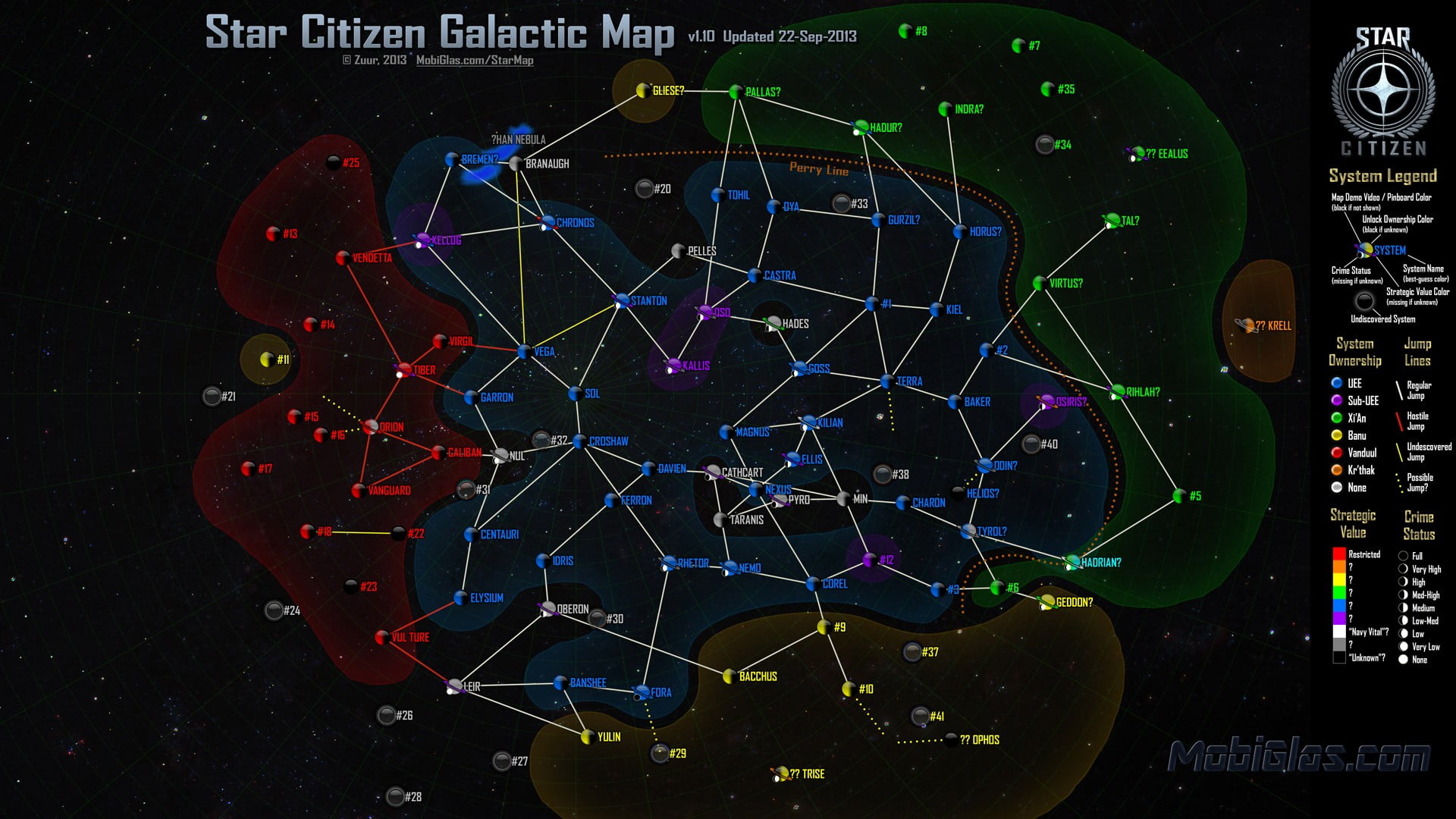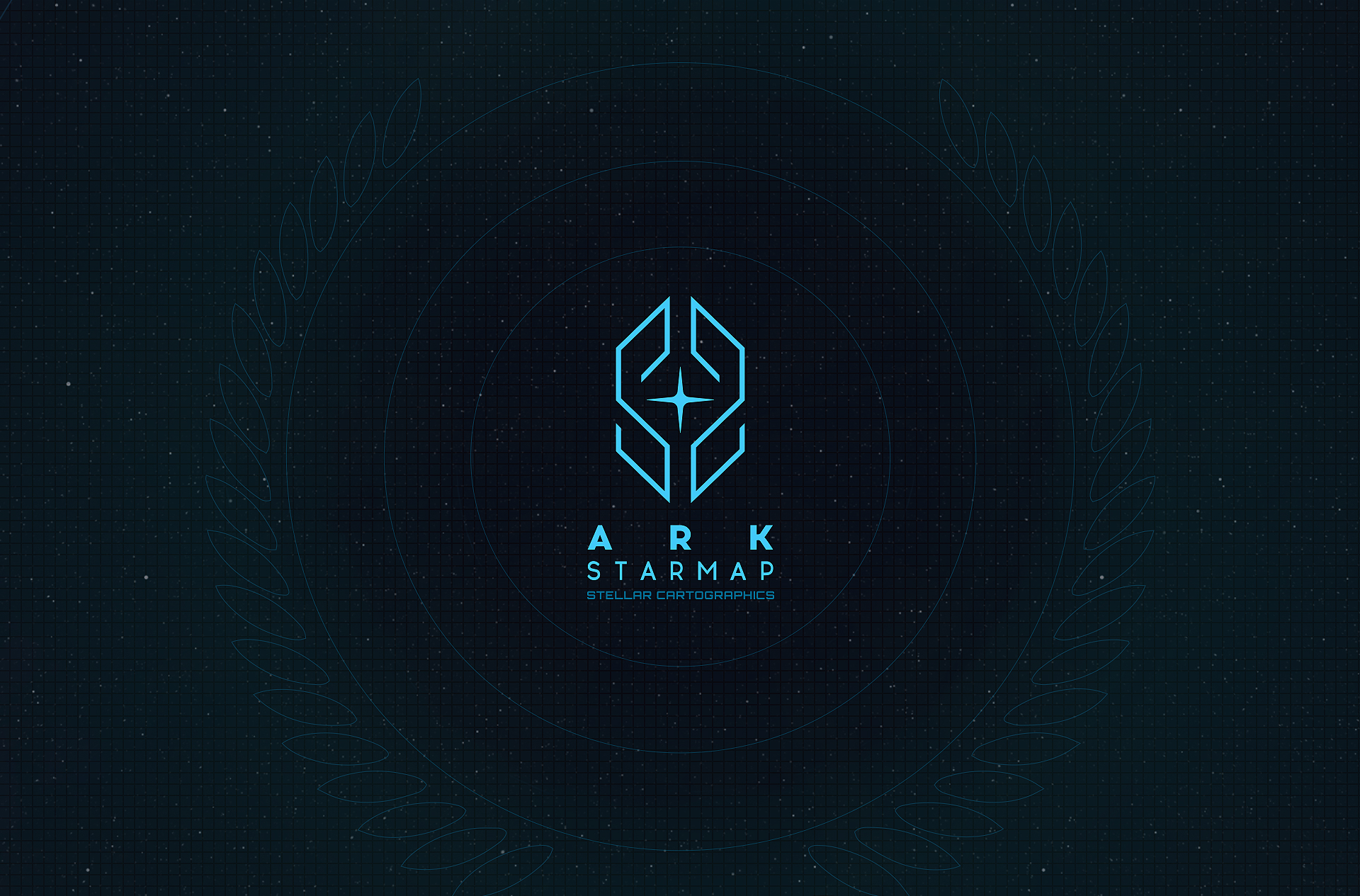
Created material distinction for interior / exteriors. Added color tinting interface to Planet Ed. Support Aircon/solar panel system on outposts. Start documenting 3 possible map layouts looping system (using 2 or 4 meters metrics * system using connection additional corridor pieces using spline skinned corridors). Set random rotation and offset caps on planet editor. Material Wear/Dirt on props using Layer Blend done and actually working.  Wall prop system working for additional prop variations. Rooftop Prop system working for Solar panel. Entrance Room system working (stairs and ramps are now available as initial rooms). Area boxes created by artists (all room sizes are now usable in the outpost procedural system). Interface to teleport the camera to the closest outpost. Interface to hand place modules and save to Layer. Integrated Outpost distribution to PlanetEd. Official Outpost Spawning System ready for mission designers. Modular Room System for procedural generation of planetary outposts. Revamp of Power Plants / Shield Generators / Coolers and the Heat & Power System for improved gameplay and conversion to Item 2.0. This allows the utilization of Mega Map technology. Mega Map tech (also used in Crusader for seamless loading between different gamemodes) is now possible in the new PU map, which is setup in the solar system editor. Mission Flowgraphs are converted over to use Subsumption and the new Mission System This is in preparation for Object Container streaming and seamless transitions from different POI’s and between Star Systems. Each Point of interest is now an object container laid out via the Solar System Editor. With the transition to Object Containers, the Crusader map was completely re-designed. Crusader Converted to Object Container Setup. This is more efficient and allows for planetary scale shadows. This saves over 50% of video memory usage. The list of changes is long and technical, but you can check out all out below!
Wall prop system working for additional prop variations. Rooftop Prop system working for Solar panel. Entrance Room system working (stairs and ramps are now available as initial rooms). Area boxes created by artists (all room sizes are now usable in the outpost procedural system). Interface to teleport the camera to the closest outpost. Interface to hand place modules and save to Layer. Integrated Outpost distribution to PlanetEd. Official Outpost Spawning System ready for mission designers. Modular Room System for procedural generation of planetary outposts. Revamp of Power Plants / Shield Generators / Coolers and the Heat & Power System for improved gameplay and conversion to Item 2.0. This allows the utilization of Mega Map technology. Mega Map tech (also used in Crusader for seamless loading between different gamemodes) is now possible in the new PU map, which is setup in the solar system editor. Mission Flowgraphs are converted over to use Subsumption and the new Mission System This is in preparation for Object Container streaming and seamless transitions from different POI’s and between Star Systems. Each Point of interest is now an object container laid out via the Solar System Editor. With the transition to Object Containers, the Crusader map was completely re-designed. Crusader Converted to Object Container Setup. This is more efficient and allows for planetary scale shadows. This saves over 50% of video memory usage. The list of changes is long and technical, but you can check out all out below! 
Performance improvements can be found here too, with over 50% of video memory usage saved thanks to RenderTarget refactor, while Area Lights will allow for proper shadowing, Light Controller for runtime light switches, improved vertex and position format for all geometry, Dynamic Physics Grid for improved support of both sparse and dense game environments.
#Star citizen map update#
Star Citizen’s 3.0 update fits in with Cloud Imperium’s Road Map for 2017, and it’ll make the first time that gamers will be able to try out the highly anticipated planetary tech in a live build, not just a preview. The game has seen many huge updates, and version 3.0 doesn’t disappoint. These classifications include terrestrial rocky, super earth, ocean planet, gas giant, ice giant, smog planet, mesoplanet, protoplanet, dwarf planet, and desert planet, among others.Star Citizen may have been in development for a very long time, but it’s certainly not time wasted. There are 324 known planets of various classifications, depending on the atmosphere, size, and geological composition.

Main Sequence Dwarf-A, White Dwarf Degenerate-AĪ planet is an object that orbits one or more stars, is massive enough to be rounded by its own gravity, and has cleared most of its orbit of other astronomical objects. Main Sequence Dwarf-K, Main Sequence Dwarf-K Main Sequence Dwarf-G, Main Sequence Dwarf-K Many systems are connected to one another by jump points of varying sizes, allowing for interstellar travel between systems in ships equipped with a jump drive. There are also two other categories of system affiliation - developing and unclaimed. There are 4 main factions that claim ownership over these systems: the United Empire of Earth, the Vanduul, the Xi'an Empire, and the Banu Protectorate. A system (short for planetary system) consists of one or more non-stellar objects that orbit one or more gravitational governors (such as stars or black holes).







 0 kommentar(er)
0 kommentar(er)
